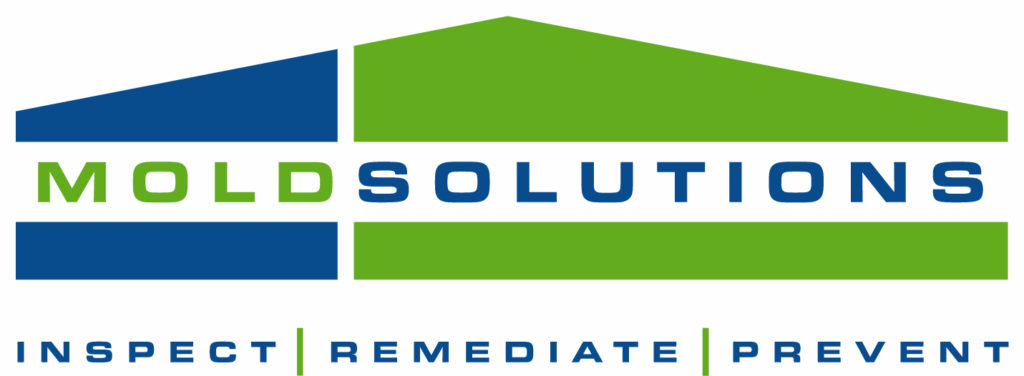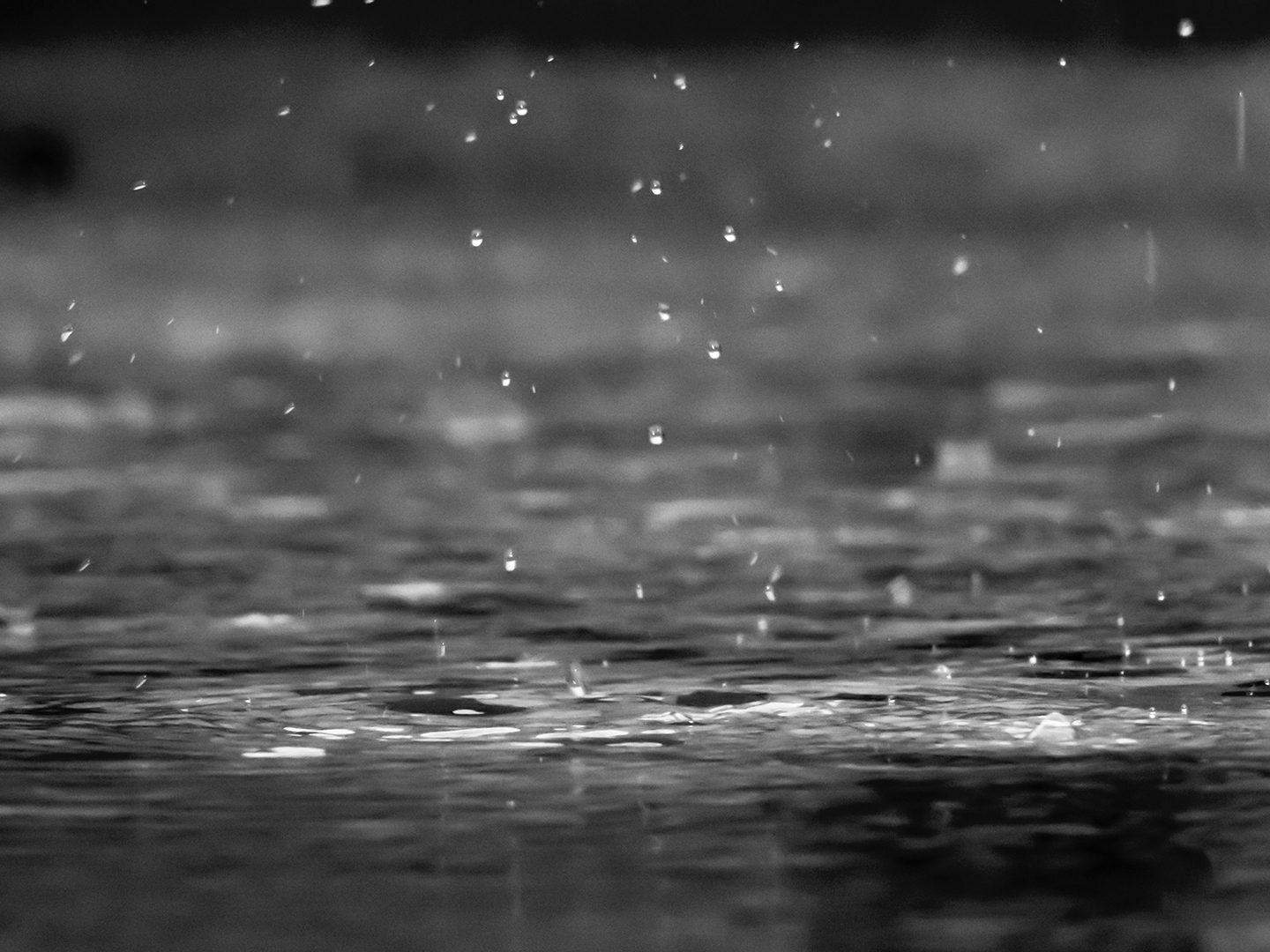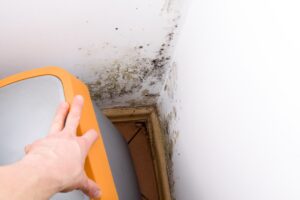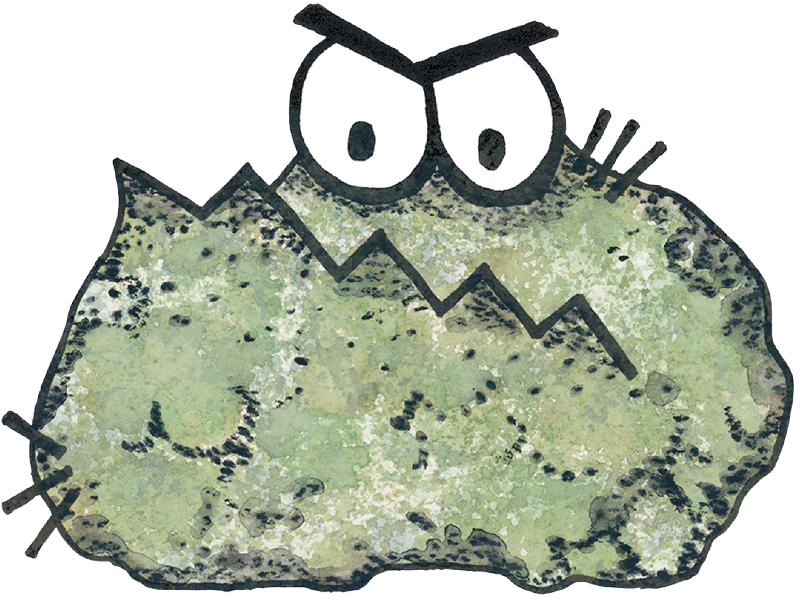 Much of our side of the country has been hammered by winter weather these last few weeks so maybe you’ve put off packing those holiday decorations away.
Much of our side of the country has been hammered by winter weather these last few weeks so maybe you’ve put off packing those holiday decorations away.
Imagine this scenario:
You’re putting away the Christmas decorations after a delightful, yet decidedly damp, holiday season and just as you put the last box in place, you see it: a patch of black mold growing on your basement wall.
Your first instinct may be to panic, pack up your kids and vacate the beloved family home immediately.
Please don’t do that.
You might just need to add “mold removal” to that ever growing To-Do list.
Let’s take a look at some of the mold you may encounter and go from there, shall we?
Black Mold
I left out a very important word in that title.
Do you know what it is?
I didn’t write “toxic” black mold and there’s a reason.
Not all black mold is toxic.
In fact, there are a few molds that love to appear in damp, dank places that are actually just black in color. It doesn’t mean they’re the nefarious black mold you’ve heard all about.
A very common mold to find inside and outside of your home is Cladosporium. (Say that three times fast.)
If you have large amounts of it in your house, you may start to see allergenic side effects (if you suffer from a mold allergy), but there’s no evidence that it’s toxic. If it’s a small patch and no larger than ten feet, you can even remove it yourself if you take the proper steps.
Other black colored molds that aren’t toxic (but may have allergenic side effects) are Aureobasidium, Dresclera, Pithomyces, Stemphylium, and Ulocladium.
Toxic Black Mold
We’ve all heard the dangers of living in a house with black toxic mold (called Stachybotrys chartarum) and the negative health effects it can cause.
This type of mold needs a very damp place for an extended period of time to start growing.
Attics are common places for black toxic mold to hide because often moisture can get trapped between the roofing and the ceiling of the house as the temperature swings in your attic tend to be more extreme than the rest of your house. When that happens, condensation appears and well, we all know mold loves moisture.
You typically don’t check that area on a constant basis which is why toxic black mold likes to grow there.
If you’re concerned about toxic black mold in your house, check in areas that have little contact with the people in your house, places you wouldn’t normally inspect on a daily basis, and double check to see if these areas have a higher moisture content.
Also keep an eye out for negative health reactions such as respiratory issues, headaches, nausea and vomiting. If you or anyone in your family suffers from a mold allergy, these are some telltale symptoms. However, because they’re quite common, toxic black mold can easily be overlooked as part of the problem.
All of these can be a sign it’s time to call the professionals in so you and your family can start leading healthier lives.
In Need of Mold Removal?
I’m going to go ahead and guess you either know you have a mold problem or you think you have a mold problems and you’re looking for a resolution. Thankfully, you’ve come to the right place. Our team of certified professionals are ready to help you out with an individualized plan on how to get the mold of your house. Give us a call today!








